"Black-eyed susan" is a common name for a few different flowers which look very similar, but actually belong to several different species of the Rudbeckia genus. Not every Rudbeckia is a black-eyed susan. This article focuses on the species that are called black- or brown-eyed susans: R. fulgida, R. hirta, and R. triloba, and also covers the similar-looking sweet coneflower, R. subtomentosa.
Although these species look similar and have similar habitat preferences, there are significant differences in their growth habit and ideal growing conditions. By knowing these distinctions, you will be able to better utilize these plants in your garden, as well as identifying them in the wild, which can be useful if you want to grow a particular species from seed.
All of these plants are native to Eastern North America, and R. hirta has a wide native range, across most of the continental U.S. and into Canada. Wherever you are, I recommend only planting locally native plants, so as to maximize your positive impact on the environment. Check that you are in the range of these species before planting them in your garden.


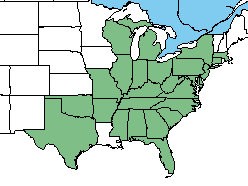
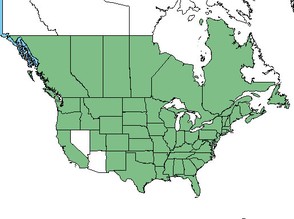
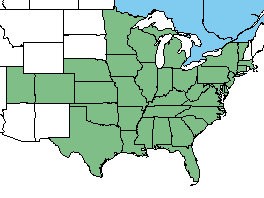
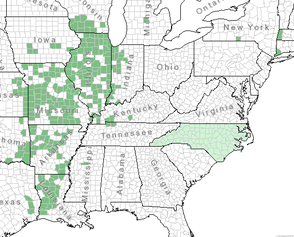
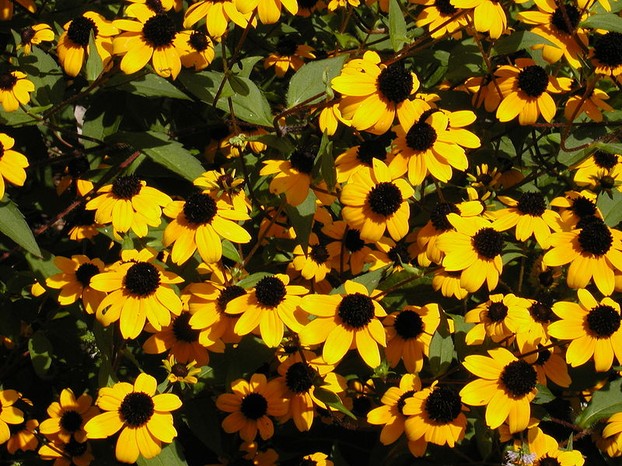

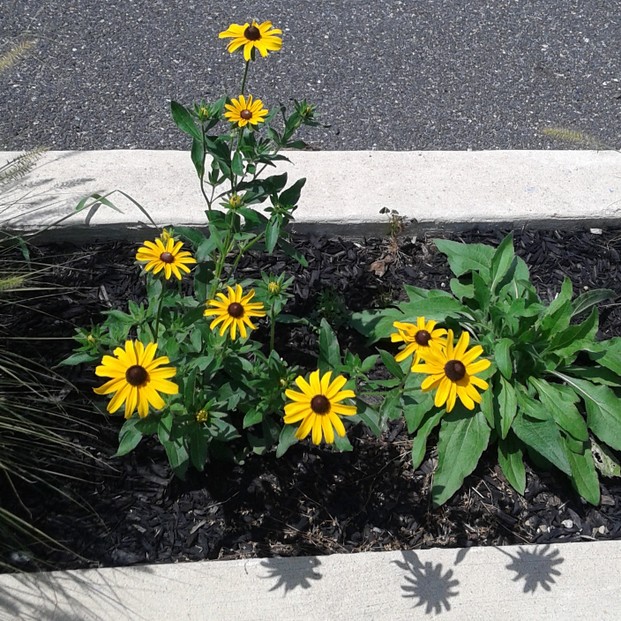

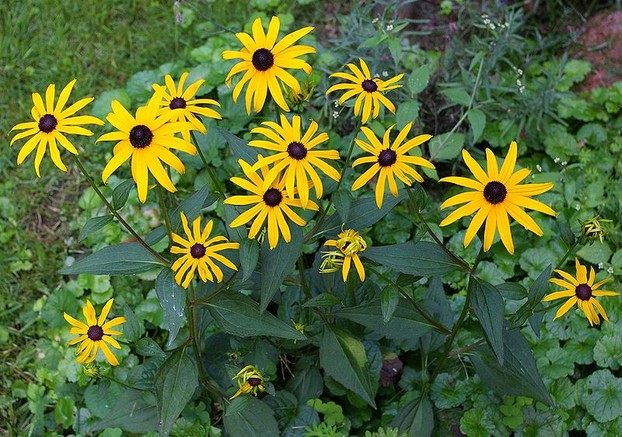
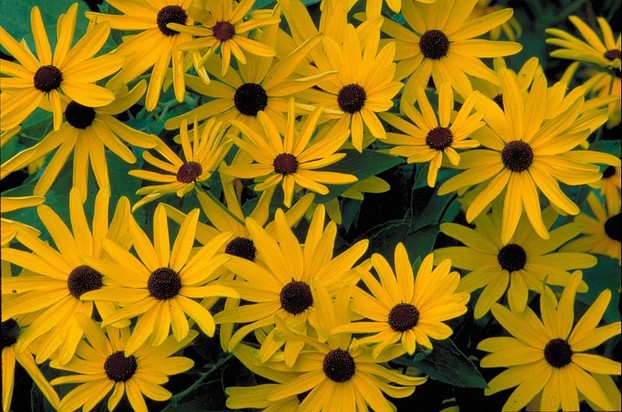


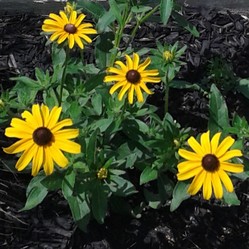

 The Shaming of Femininity and Elevation of Masculinityon 07/13/2017
The Shaming of Femininity and Elevation of Masculinityon 07/13/2017
 What is Genderqueer or Non-Binary Gender?on 10/16/2015
What is Genderqueer or Non-Binary Gender?on 10/16/2015
 Resources for Learning Spanish Free Onlineon 04/13/2016
Resources for Learning Spanish Free Onlineon 04/13/2016
 Ways Native Plants Can Help Control Invasive Plantson 05/26/2016
Ways Native Plants Can Help Control Invasive Plantson 05/26/2016

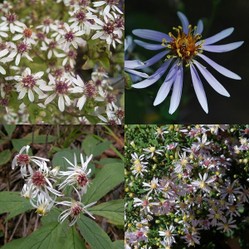
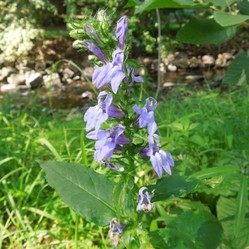
Questions? Comments? Feedback?
I found the last part on cultivars fascinating. I have to admit that I have never given it a second thought.
I've definitely seen R. fulgida growing farther northeast from its range...I think the map means that it's not documented as surviving in the wild in that state (although it has been in Canada--hence the blue on the map, which means introduced and established in the wild). R. fulgida is widely sold in nurseries (sometimes R. hirta too, and less commonly R. triloba) so you can find all three of these in gardens outside their range.
I'm pretty sure the Rudbeckia fulgida is the type growing in my yard in New Hampshire, even though the map doesn't show NH as a location. It spreads and comes back each year.
I remember seeing these growing wild. I believe we used to call them railroad daisies because the flower, although not white, resembles a daisy.
Thanks for the information on which Black-Eyed Susan species will grow in partial sun, moderate to dry soil, which species is invasive, and which are not.